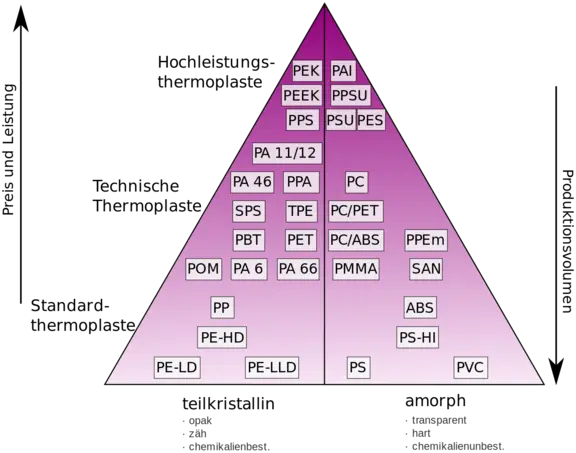The most widely used printing process is the Fused Filament Fabrication process. The process was invented by the Stratasys company at the end of the 1980s and protected in the 1990s under the trademarked name "Fused Deposition Modeling (FDM)". The principle is based on the layer build-up with thermoplastic materials. The printer is loaded with the desired filament and is thus prepared for printing. The filament is conveyed by a drive (extruder) to the print head (hot end). The print head heats the material to its melting temperature, which causes the plastic in the nozzle (nozzle) to become viscous. Due to the permanent conveying of the material, the liquefied material is pressed out of the nozzle and can thus be applied for layer build-up. In order to be able to reproduce a model with this material, the printer still needs information, the G-code. This is a machine language that is also used in commercial metal-cutting production. This translates the contours of the model, taking into account the corresponding machine parameters such as nozzle diameter, layer height, printing speeds, etc., into coordinates that the print head moves to, coupled with the material feed. As a result, the desired print model is built up layer by layer.

The material from which the model is later created in the 3d printer is initially purchased in wire form on a spool and is called "filament". Meanwhile, almost all materials are available in all possible colors from many different manufacturers. In the pyramid shown, there is an overview of the
You are leaving the official website of Trier University of Applied Sciences